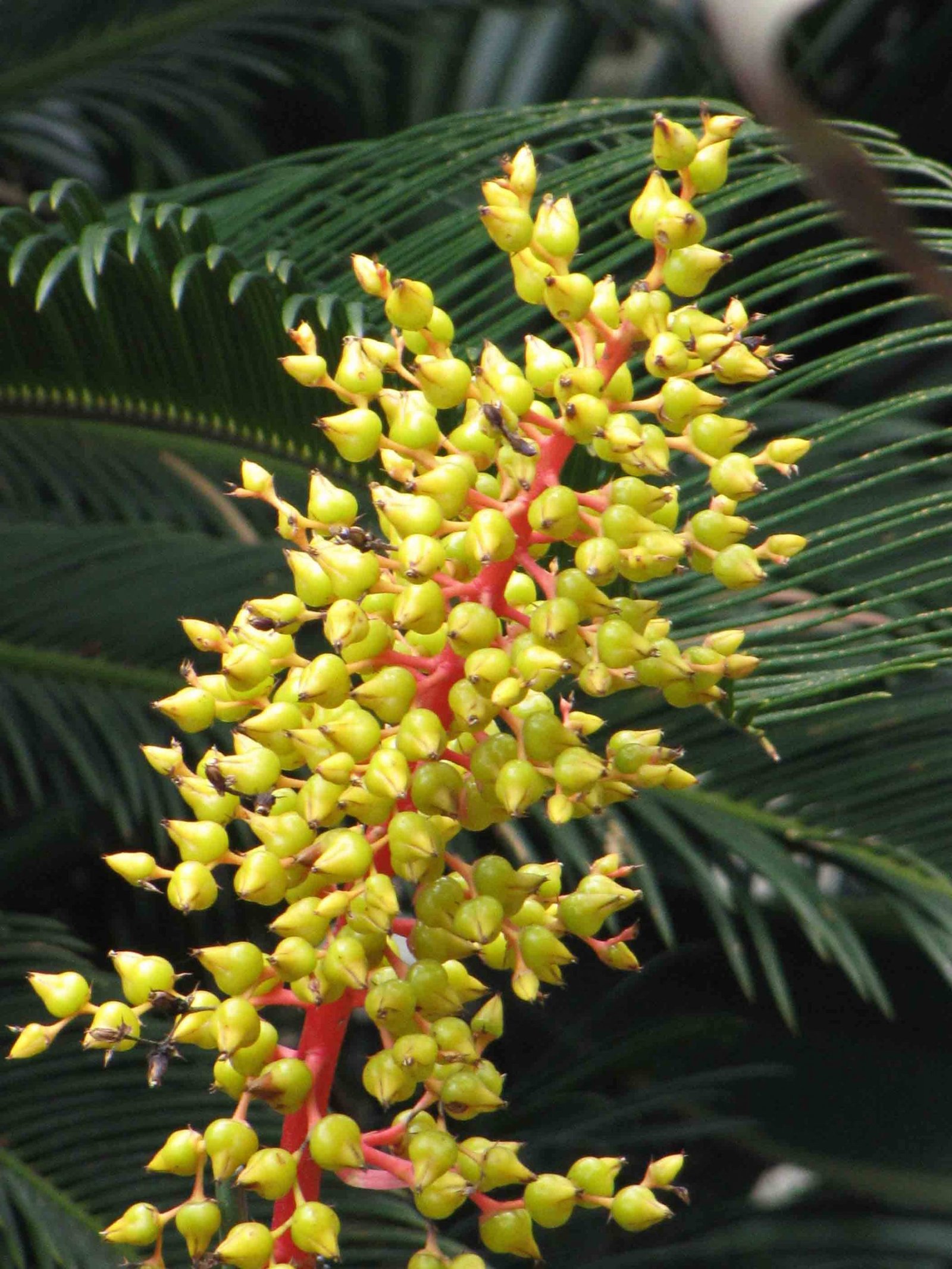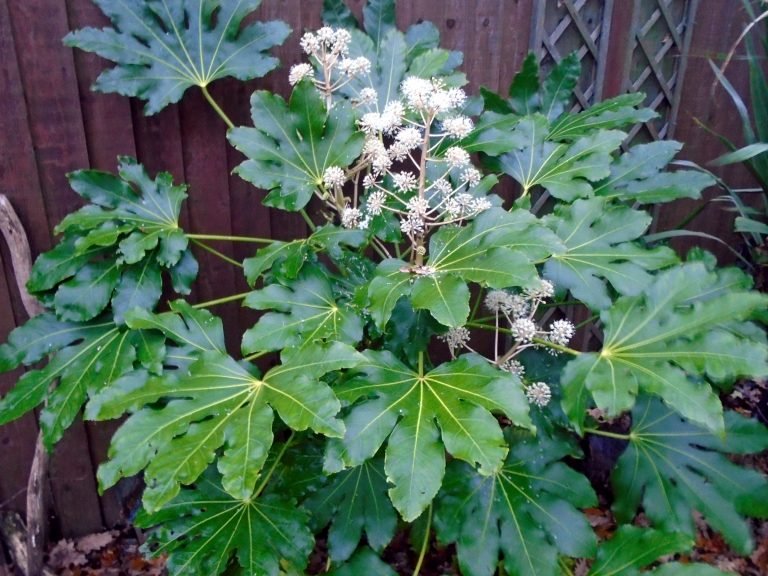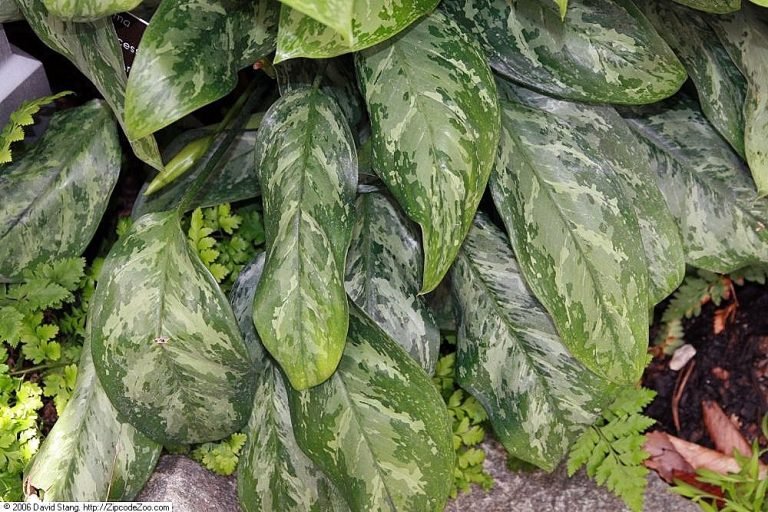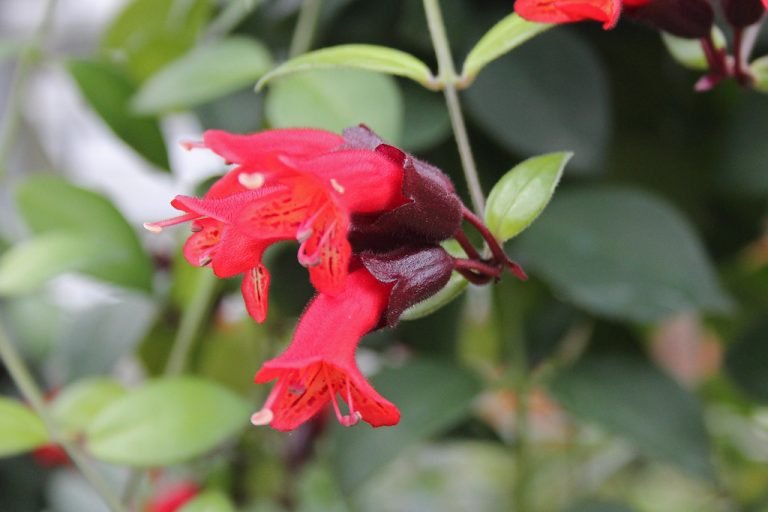Coral berry (Aechmea ramosa) – All You Need To Know
About Coral berry (Aechmea ramosa)
This plant is a species of flowering plant known for its long, arching leaves and tall, spike-like flowers. It is native to the tropical regions of South and Central America and is often grown as an indoor plant due to its preference for warm, humid conditions.
General Information
Family: Bromeliaceae
Category: Bromeliad
Origin: Brazil
Native Climate: Subtropical
Hardiness Zone: 10
Best as: Flower , Table top & Primary plant.
Where to grow Coral berry?
Coral berry is a common household plant that can be grown in various environments. They are Subtropical plants that thrive in the hardiness zone of 10 with a minimum temperature of 12 and maximum temperature of 30.
Below is a typical map of the US hardiness zone where you can check your location and see if Coral berry can survive in your locale.

Coral berry is native to the Subtropical climate of Brazil so it will survive best in a similar climate. However, being from a resilient Bromeliaceae family, it can also be found in most unusual places.
Sunlight Requirements of Coral berry
The idea lighting conditions for Coral berry is Strong light between 21,500 to 3,200 lux or 2000 to 300 foot-candle. However, it can also survive and grow in diffused light less than 5,300 lux or 500 foot-candle.
Watering Requirements for Coral berry
Bromeliads are generally drought-tolerant plants that prefer to have evenly moist soil, but they can tolerate some drying out between waterings. A good rule of thumb is to water the plant when the soil is about halfway dry. To check the soil moisture level, you can stick your finger about an inch into the soil. If it feels dry to the touch, it’s time to water the plant.
In addition to watering the soil, it’s also important to change the water in the cup (also known as the “tank” or “vase”) that is formed by the plant’s leaves regularly. This is especially important if the plant is growing in a humid environment, as stagnant water in the cup can encourage the growth of algae and other unwanted organisms. To change the water, simply pour out the old water and refill the cup with fresh water every week or so.
It’s also important to keep in mind that bromeliads are sensitive to cold temperatures and can be damaged by freezing. They are also prone to sunburn, so it’s important to provide them with bright, indirect light and to avoid exposing them to direct sunlight for extended periods of time.
By following these basic care guidelines, you can help ensure that your bromeliad plant stays healthy and thrives in your home.
Is Coral berry prone to insects?
Coral berry is not prone to insects
Common diseases: N/A
Common posture & style
Coral berry has a Rosette bearing with a distinctive, circular arrangement of leaves that radiates outwards from the center of the plant.
It has beautiful Dark green leaves. Its main appeal is its Flower. It can grow up to the height of 0.61 meters with a truck width of 0.76 meters. It has a Slow growth speed under good conditions, watering, and sunlight.
Blooming Season: Seasonal
Bloom Color: Red
Pruning: Never
Why should you keep Coral berry in your home?
Keeping a Coral berry plant in your home can bring many benefits. For one, plants can improve the air quality in your home by removing toxins and releasing oxygen.
In addition, having plants in your home can help increase humidity, which can be particularly beneficial during dry winters.
Additionally, caring for your Coral berry plant can be a relaxing and therapeutic activity, and Coral berry in your home can add a touch of nature and beauty to your living space.
Overall, there are many reasons why everyone should consider keeping a Coral berry plant in their home if the climate is enabling for its growth.








